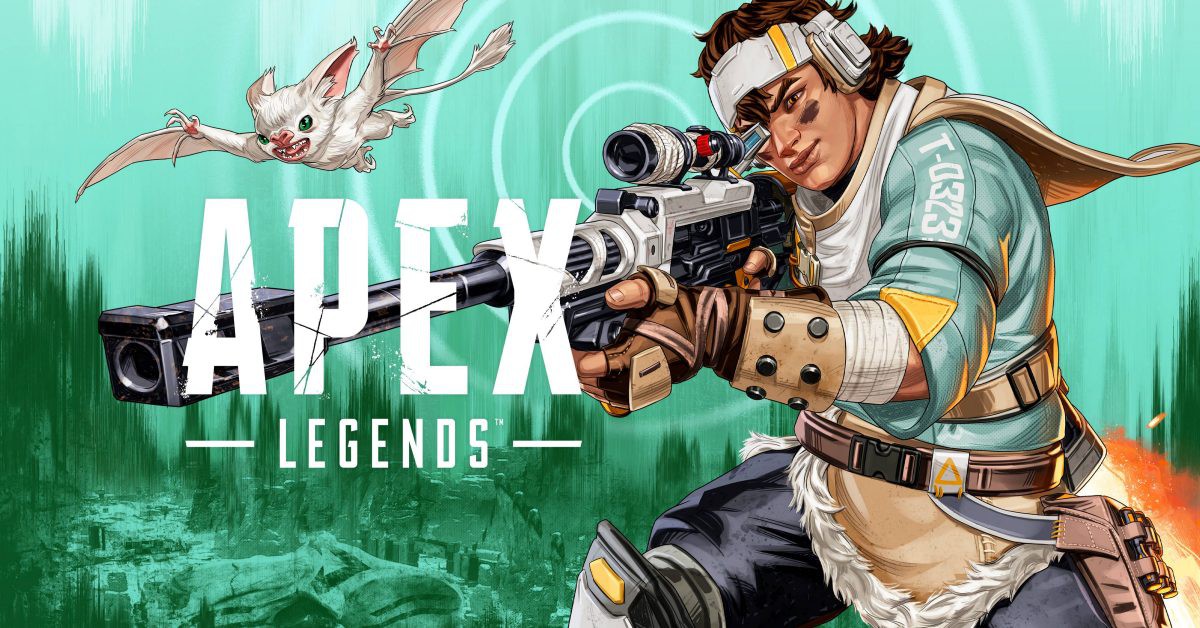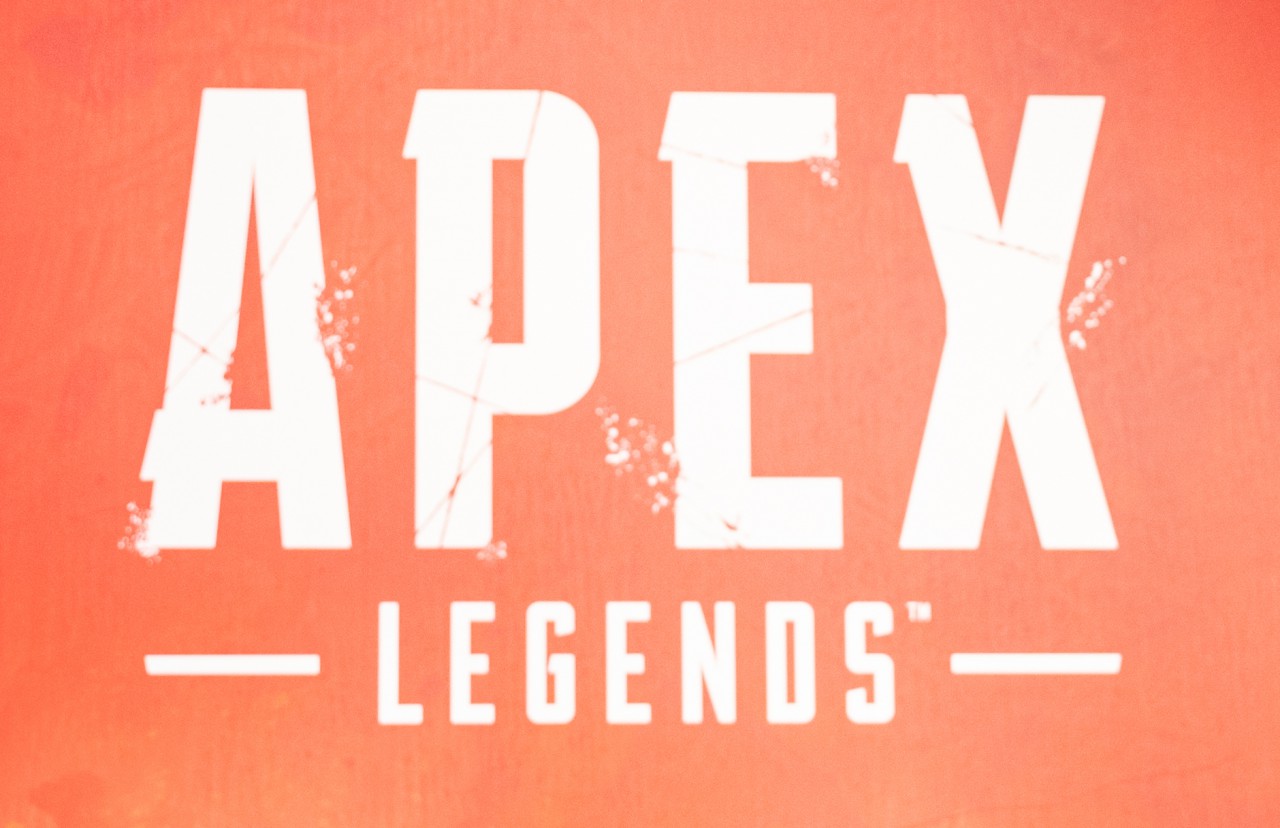How to Win More Fights: Positioning, Cover, and Team Coordination
In Apex Legends, raw aim and fast reflexes can win fights, but long-term success hinges on intelligent positioning. The ability to control where a fight happens—and under what circumstances—offers a massive strategic advantage. Unlike traditional shooters, Apex is built around verticality, variable terrain, and dynamic zones that force players to constantly adapt their position. Optimal positioning begins with map awareness: knowing high ground locations, choke points, and areas with ample cover. High ground, for instance, offers better lines of sight, easier tracking of enemies, and a lower chance of being flanked. From this vantage, players can dictate engagement tempo and disengage if needed, a luxury not afforded to those stuck on low ground. Moreover, positioning is inherently tied to movement; players who understand how to rotate early and secure advantageous zones have the upper hand before a bullet is fired. For example, rotating to the edge of ring zones early allows teams to gatekeep other squads, forcing them into predictable paths. This predictability enables pre-aimed ambushes, grenades thrown at chokepoints, and superior control of the fight’s start.

Cover is your best friend in Apex Legends, often making the difference between winning or losing a firefight. The key to mastering cover lies not just in hiding behind it, but in using it actively and intelligently throughout a fight. Hard cover—such as rocks, buildings, supply bins, and ledges—offers complete protection from enemy fire and should be prioritized over soft cover like smoke or foliage, which only obscures vision. Learning to "peek shoot" is essential: exposing only a small part of your body while firing allows you to deal damage with minimal exposure. Head-glitches, where only the top of your head and gun are visible to enemies, are especially powerful and can be found on ledges, windows, or uneven terrain. To optimize cover usage, players must also understand when to break line-of-sight. After being cracked, retreating behind cover to pop a shield cell is the best option unless you're under direct push pressure. Properly timed crouches and movement behind cover can bait shots, making enemies commit to reloads or expose themselves.

 100
Play
100
Play
Combining abilities is another major aspect of coordination. Many team fights are won before gunfire begins, through the tactical chaining of ultimates and abilities. For instance, using Seer’s ultimate to scan a building, followed by a Fuse Knuckle Cluster and a Caustic gas trap, can flush enemies out and into waiting crossfire. Wombo combos like Horizon’s Black Hole into grenades, or Bangalore smoke with Bloodhound scan, create enormous pressure. Even defensive abilities, when timed in sync, can outlast enemy barrages and create counter-push opportunities. Coordination also means knowing when not to fight—when to disengage, heal, and reposition. Retreating together is far better than having one teammate caught out trying to fight alone. During a reset, covering each other’s heals, dropping spare resources, and communicating enemy movement allows the team to return to the fight stronger. Team synergy goes beyond mechanics; it’s about trust, rhythm, and practice. Squads that move and fight as one—watching each other's flanks, synchronizing pushes, and adapting together—will consistently outperform even technically superior opponents. Apex is a team game at its core, and coordination is the glue that binds skill and strategy into victory.


